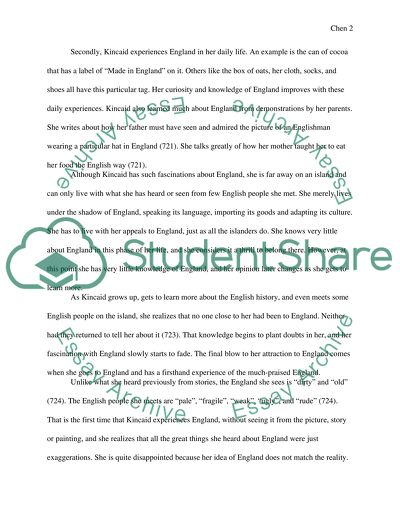Cite this document
(“Reckoning Essay Example | Topics and Well Written Essays - 1750 words”, n.d.)
Reckoning Essay Example | Topics and Well Written Essays - 1750 words. Retrieved from https://studentshare.org/english/1670901-reckoning
Reckoning Essay Example | Topics and Well Written Essays - 1750 words. Retrieved from https://studentshare.org/english/1670901-reckoning
(Reckoning Essay Example | Topics and Well Written Essays - 1750 Words)
Reckoning Essay Example | Topics and Well Written Essays - 1750 Words. https://studentshare.org/english/1670901-reckoning.
Reckoning Essay Example | Topics and Well Written Essays - 1750 Words. https://studentshare.org/english/1670901-reckoning.
“Reckoning Essay Example | Topics and Well Written Essays - 1750 Words”, n.d. https://studentshare.org/english/1670901-reckoning.


